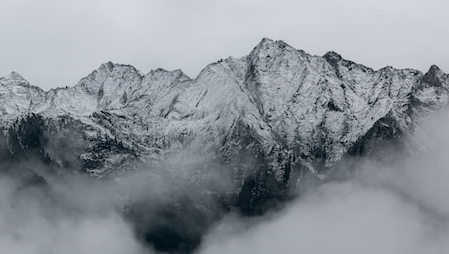India became a Republic on 26th January 1950 and a written Constitution that contain the fundamental rights and directive principles of State policy came into force. The preamble to the Constitution declared India to be a sovereign democratic Republic and assured to every citizen justice - social, political and economic and equality of opportunity. The fundamental rights contained in the part lll of the Constitution and the directive State policy dealt with in Part lV of the Constitution are elaboration of guaranteed justice enshrined in the Constitution. The Constitution also provided judicial remedy in the event of encroachment upon the fundamental rights by empowering the Supreme Court under Article 32 and the High Courts under Article 226 to strike down any law, rule, order, regulation or executive action if any of the above violates the fundamental rights.
The history of the Supreme Court shows that it has rendered landmark judgments upholding these rights. Its interventions have resulted in protecting the rights of citizens as against arbitrary and capricious actions of the executive. The judgments rendered by the Supreme Court include prohibition of child labor, protection of the rights of ‘adivasis and dalits’, prevention of deforestation, maintenance of environment and ecosystem and also prevention of cruelty to animals. It also rendered many rulings protecting the rights of minorities to establish and administer educational institutions of their choice under article 30(1). The directive principles in Part lV cannot be enforced to Courts; but at the same time the Supreme Court held that they are fundamental to the Govt. or the State and if there is any conflict between fundamental rights and directive principles, there shall be an attempt for reconciliation. It has been held that the basic structure of the Constitution cannot be changed or amended. What is the basic structure is not defined, but it includes secularism, socialism, democracy and federal structure.
No law can be static and is bound to undergo changes according to the changing circumstances and conditions. Constitution is no exception to these rules; that change may take place even without a change in any ‘letter’ of the Provision. Reinterpreting the Provision to suit the changing condition becomes necessary in such cases. For inst. Right to life under Article 21 has been interpreted as right to life in dignity. Similarly, earlier decisions of the Supreme Court held the rights under 30(1) as absolute and cannot be restricted but only regulated for the interests of excellence of education. But later decisions ruled out the absolute nature of these rights and justified restrictions which affected the free exercise of those principles.
Though the constitution of India has a federal structure, criticisms have been made by several constitutional pundits that the Indian Constitution is more of a unitary nature. The foundation for this criticism is that the Centre has been given large powers and the States have been reduced to the position of local governments with much less powers conferred on them by the Constitution. The Schedules to the Constitution contains three Lists. The Union List contains the subjects over which the Union has got legislative power and the State List contains the subjects over which the states have got the legislative power. List 3 is Concurrent List which contains subjects over which both the Union and States have got legislative powers. The Constitution also provides that the powers to legislate on subjects that are not enumerated in these Lists are restricted in the Union. In almost all constitutions, which have federal structure, we find that the States are given powers to legislate on more subjects than the Union and power to legislate on residuary subjects, not enumerated, are vested in the States. It is for this reason that criticisms are levelled that our Constitution is more of unitary nature. However, H M Seervai, the great constitutional pundit, is of the view that our constitution contains necessary elements to constitute a federal structure and the reasons for the critics are insufficient to call it a unitary constitution.
Another question that arises is that if there is any conflict between the State and the Union laws in respect of the subjects in the concurrent list, which law must prevail. Based on the provisions of Article 254(1), which has been held in such cases, the state law must prevail. The state laws have been reserved for the President’s consent in such cases and the Parliament also was endorsed with powers to over ride the law by adding to or altering to or repealing it.
One aspect to be noticed is that there is excessive concentration of power in the Centre. Mahatmaj’s vision was decentralization of power. He conceived of self-sufficient village Panchayats whose affairs are to be handled and administered by the people of the villages at grass root level. Panchayatraj and Nagarpalika Acts are good attempts to make this situation, though these annexments are revolutionary to the extent that they concern to the local body’s powers on specified subjects. These are hardly sufficient to meet the great aspirations of Mahatmaji. Only the real power on village people can make villages self-sufficient and self-reliant republics.













